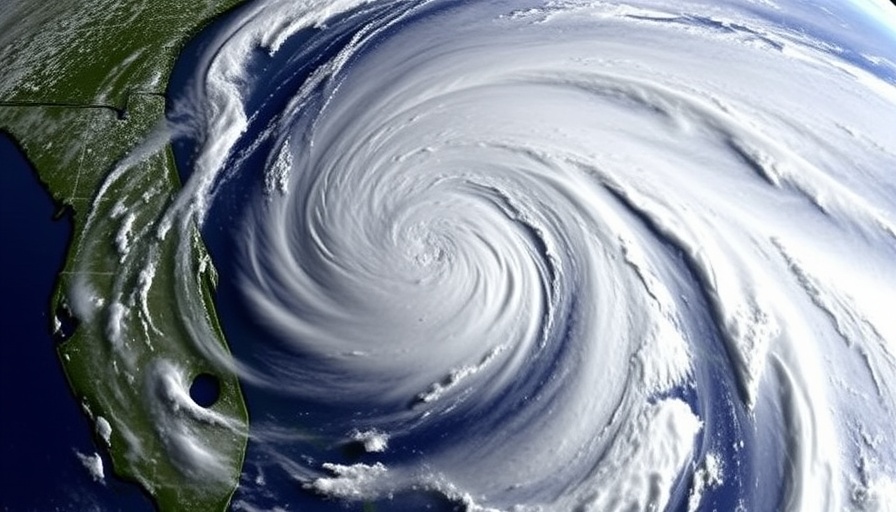
Texas Flood Tragedy: A Deepening Crisis
The recent catastrophic flooding in Texas has claimed the lives of at least 80 individuals, including 27 campers and counselors from Camp Mystic, an all-girls Christian camp. These floods, described as among the worst in decades, struck in the early hours of July 4, sweeping away families and campers who were asleep in their tents, cabins, and homes. As search and rescue operations proceed against the backdrop of more predicted rainfall, the situation remains dire with many still unaccounted for, and the death toll anticipated to rise.
The Devastation Seen in Central Texas
Crisis-struck areas of central Texas are facing saturated ground with authorities issuing warnings about the potential for further flooding. Communities like Kerr County have been particularly hard hit, with floodwaters wreaking havoc on local infrastructure. Reagan Brown, a resident whose family narrowly escaped the floods, shared the harrowing experience of their uphill escape as waters surged, unearthing the real danger that many Texans faced during this crisis.
The Human Element: Grief and Community Response
As the rescue teams scoured through the debris, the overwhelming sadness associated with the loss is palpable. Local officials have expressed profound grief, with U.S. Senator Ted Cruz noting, "Texas is grieving right now,” a collective sentiment felt across the state. People are banding together, offering support to those affected while navigating their own grief.
The Role of Climate Change and Future Preparedness
While it is still too soon to assess the full implications of this disaster, experts are drawing connections between increasing frequency of severe weather events and climate change. As flooding becomes a recurring theme across various regions, local governments and communities must ponder the need for enhanced flood preparedness strategies and infrastructure improvements. Investing in better flood management systems could play a crucial role in mitigating risks to communities in the future.
What Homeowners Should Know
The flooding crisis also presents vital lessons for homeowners, sellers, and property investors. Those seeking property in regions prone to flooding should consider flood zones and assess the resilience of local infrastructures in their decision-making process. Secure storage of assets, proper insurance evaluations, and landscaping solutions to manage water runoff can protect homes from similar risks in future events.
How to Support Affected Families
As the days unfold, it is crucial for those in nearby areas and beyond to assist flood victims. Local organizations are mobilizing resources to provide relief; donations, whether financial or material, can significantly ease the burden faced by the families affected. Engaging in community support efforts, volunteering, or contributing to disaster relief funds can create a ripple effect of aid that brings hope to grieving communities.
Conclusion: A Call to Action
This tragic event highlights the fragile relationship between nature and our communities. As we reflect on the lives lost, it’s imperative to take proactive measures as homeowners and citizens to advocate for better disaster preparedness in our communities. Whether through community engagement or investing in sustainable practices, we can create more resilient environments. Join the conversation and share your insights on how we can collectively work towards a safer future.
 Add Row
Add Row  Add
Add 





Write A Comment